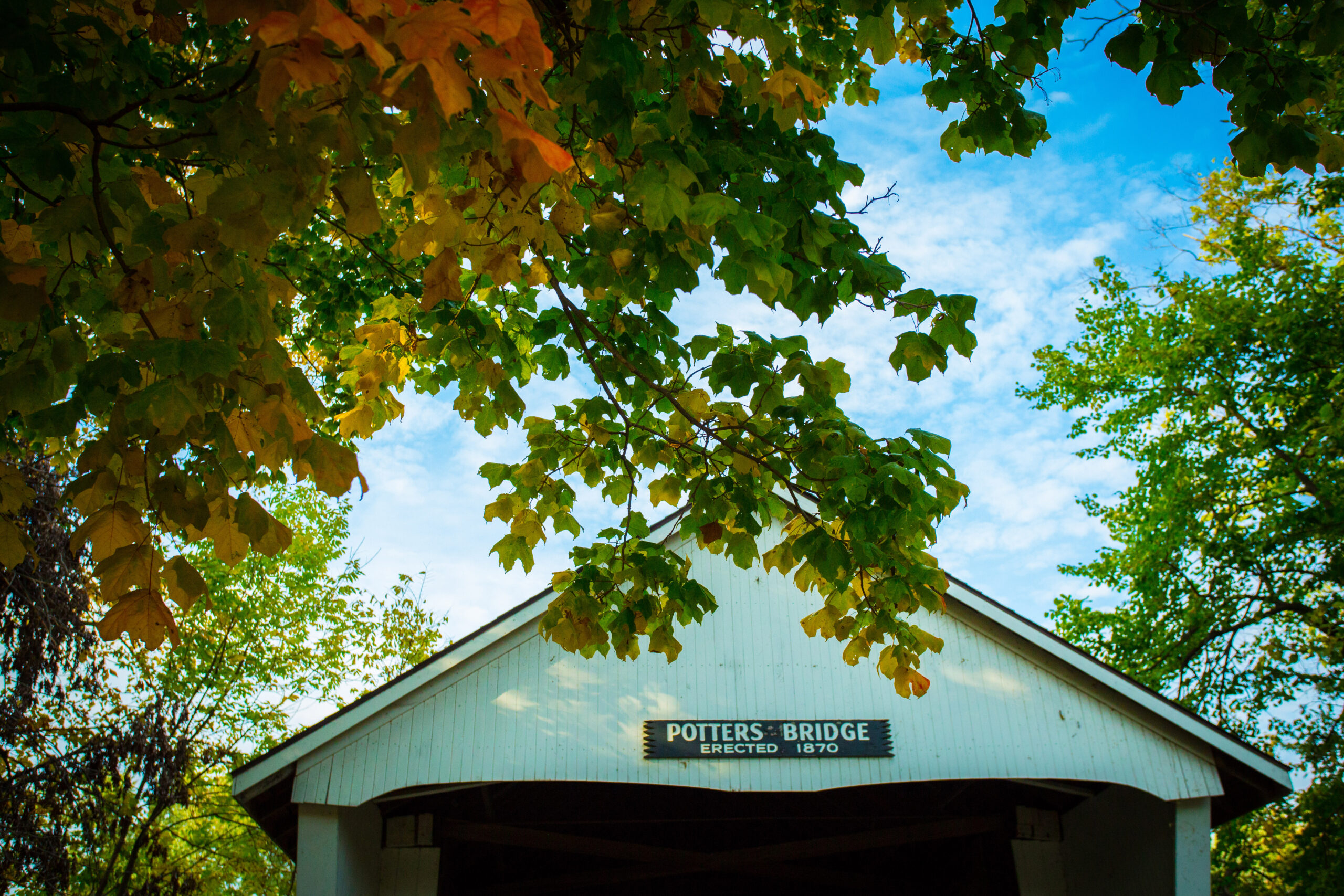How a Local Cohort Helped Raise $19M in Planned Gifts for Central Indiana Nonprofits
In 2020, during the height of the pandemic, a couple of friends who work in philanthropy were having a socially distanced conversation about how nonprofit organizations with meaningful endowments were weathering the pandemic much better than ones that didn’t have those financial resources.
How a Local Cohort Helped Raise $19M in Planned Gifts for Central Indiana Nonprofits
In 2020, during the height of the pandemic, a couple of friends who work in philanthropy were having a socially distanced conversation about how nonprofit organizations with meaningful endowments were weathering the pandemic much better than ones that didn’t have those financial resources.
They decided to develop a program to help small-to-medium-sized nonprofits secure planned gifts that will ensure their future.
With the support of CICF, Hamilton County Community Foundation, Indianapolis Foundation, and Women’s Fund of Central Indiana, they created Stronger Partners, Brighter Futures (SPBF), a nine-month planned giving cohort that provides free development counsel to organizations.
SPBF is designed to:
- Equip organizations that are charitable fundholders within the CICF Collaborative to build their planned giving program.
- Raise the profile of planned giving throughout Central Indiana.
- Increase long-term financial sustainability of area nonprofits.
- Establish a long-term peer support and accountability network for CICF organizational fundholders.
“Stronger Partners exists to raise the level of conversation, the frequency of conversation, and the volume of conversation about planned giving in Central Indiana,” said Michael Pettry, Principal with Indianapolis-based philanthropic counsel Cape Fletcher Associates. “There’s a huge transfer of generational wealth going on right now, so this is a great time for nonprofits to be focusing their planned giving strategies.”
CICF’s instincts about the potential for SPBF proved correct. The fourth and most recent cohort ran from May 2024 through February 2025 and included Girl Scouts of Central Indiana, Greater Indy Habitat for Humanity, Indianapolis Men’s Chorus, IYG, Kids Dance Outreach, and the YMCA of Greater Indianapolis. Cumulatively, the six organizations solicited 177 potential donors and received 72 commitments totaling more than $19 million in planned gifts.
SPBF participants are selected through a simple application process exclusively for CICF charitable fundholders and are provided with the tools, training, resources, and help they need to grow their planned-giving program. Each cohort is small by design, Pettry said, to be able to provide each organization with individual attention. Early in the process, each nonprofit sets goals for how many planned giving solicitations it wants to make during the program and how many planned gifts it wants to secure in that time. Participants also get help creating a planned giving brochure, a commitment form and engagement video, as well as help with social media.
In the program, organizations are taught how to identify prospective donors and how to have meaningful conversations with them. Pettry acknowledged that development staff and nonprofit boards often are hesitant to talk about planned giving “because, ultimately, these conversations can be adjacent to talking about our mortality. These are the gifts we make after having lived our lives. It can feel daunting, so organizations avoid the conversation rather than talking about it, and yet these conversations are powerful for donors and institutions alike”
Pettry said nonprofits know planned giving work is beneficial. But they often don’t know where, how to start, or how to have conversations with planned giving prospects.
Even more difficult for most development staff is to commit to put an uninterrupted hour on the calendar each week to concentrate on planned giving.
“Planned giving is important, but it’s always on the backburner,” he said. “We’ve got to move it off the backburner.”
But for most organizations, it’s just a matter of getting started. For most of its 38 years of existence, IYG, the oldest nonprofit LGBTQ+ youth center in North America, was so busy getting the word out to vulnerable young people about the organization’s efforts to protect them that it devoted little time to shoring up planned gifts.
“You don’t really think about planned gifts as something to sustain your organization until after you know your organization is thriving,” said Shelly Fitzgerald, the organization’s Director of Resource Development.
And now that IYG was growing, she wanted to think about planned gifts. When other development colleagues and CICF’s Director of Giving Strategies, Clark Collier, told her about Stronger Partners, Brighter Futures, she applied.
SPBF was just the springboard IYG needed. It helped the organization set goals for planned gifts, developed a marketing program—including social media and brochures—and set out to talk to potential donors.
The result: $14 million in gifts during the cohort and another $6 million since – including a car collection and a farm. Fitzgerald also discovered that several people had already committed planned gifts for IYG but had never told anyone from the organization. IYG was able to get those pledges in writing.
“I’m so grateful to CICF and Cape Fletcher,” Fitzgerald said. “The information has been so important for us and so vital. I would recommend it to anybody.”
The 2025-26 Stronger Partners, Brighter Futures cohort began in May and an announcement about its members will be made later this summer.
Related Stories


